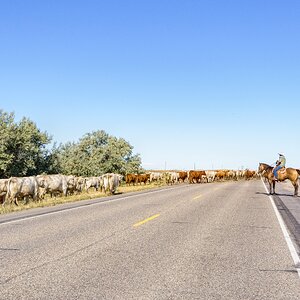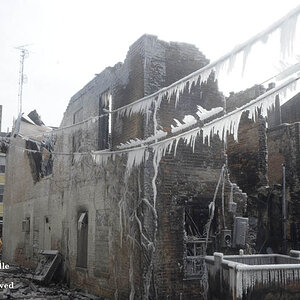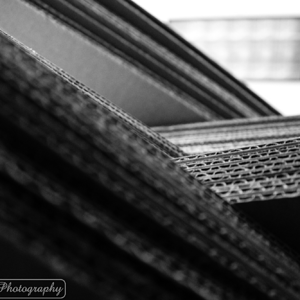- Joined
- May 1, 2008
- Messages
- 25,422
- Reaction score
- 5,003
- Location
- UK - England
- Website
- www.deviantart.com
- Can others edit my Photos
- Photos OK to edit
True and pancake lenses are becoming more popular as well so for shorter range stuff its more possible; though f2.8 or wider glass is still going to come with some weight to it - and anything over 100mm is going to get bigger.
The bigger question though is ergonomics. film cameras were restricted by the way film worked; DSLRs have kept the look but really when you look at it its not perfect. Indeed mirrorless cut down on a lot of holding space for a setup (esp if you don't have dainty hands).
Mirrorless removes more restrictions and thus barring the LCD suggests that they could go for a totally new erganomic design.
I'm not sure how film cameras were restricted by the way film worked i also have big hands and have no trouble with my small Leica M's and A7, i also never put grips on my DSLR's
I'm referring to the shape of the body itself. A film camera had to have space for the film, the flat plane for it to record to and then another part for it to wind onto. SLRs also had to (in the past) have a full mirrorbox setup which again partly dictated the possible shape of the camera. Now in the digital age we have the potentail to change the shape of the camera to one that might be more ergonomic to hold.


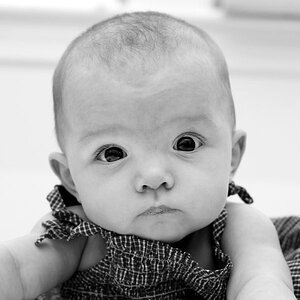

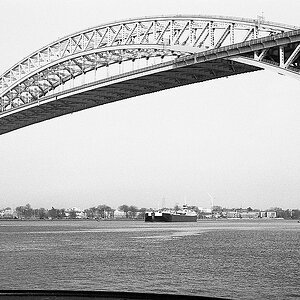
![[No title]](/data/xfmg/thumbnail/41/41786-0de67cacf7270937b4833f67d003f9c2.jpg?1619739891)


